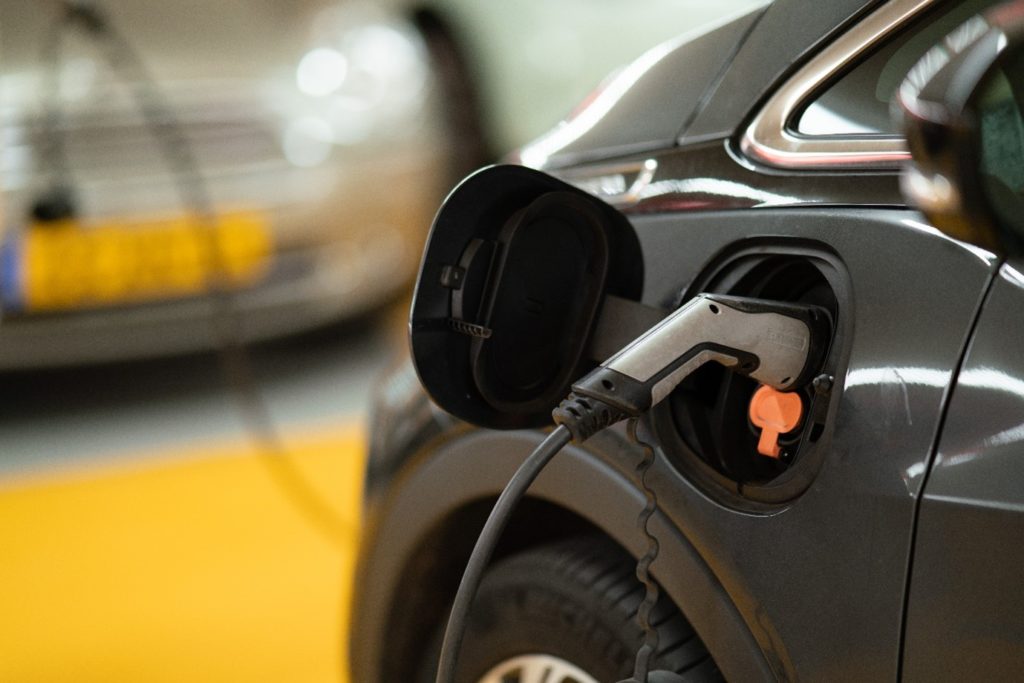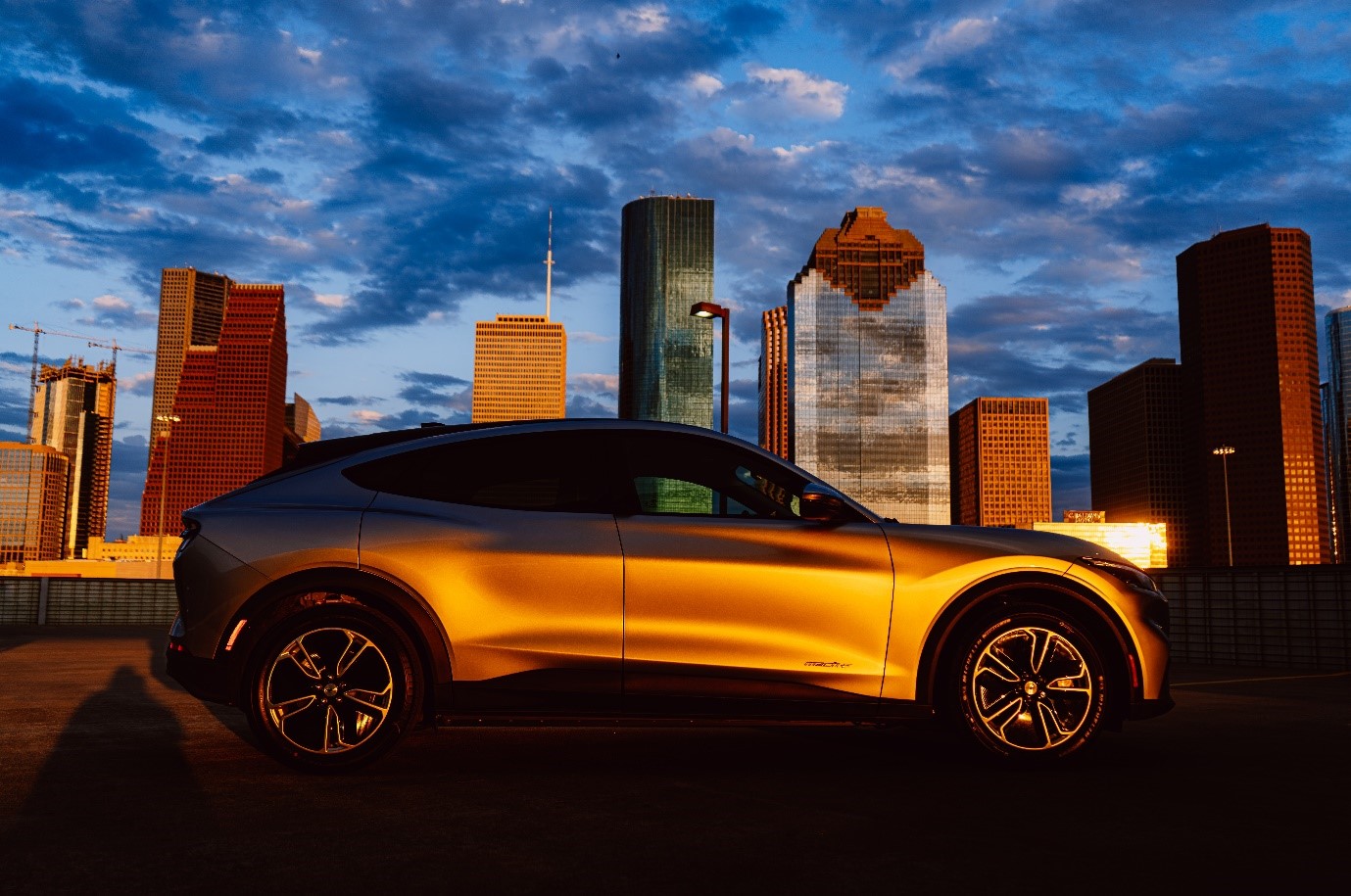This article was written by Trade Horizons North America Director, Richard Biggs.
The US is aggressively attracting overseas investment into their EV market – is this unfair or is it an opportunity you should know more about?
The US is spending billions on loans and tax breaks in aid for electric car firms. President Biden has denied starting a subsidy conflict, following criticism of its $11billion investment into green energy.
Manufacturer Unipart, which is set to invest in the US, says the UK cannot “compete on a level playing field”. Companies and Governments in many leading countries around the world agree.
Inflation Reduction Act
The US support scheme is known as the Inflation Reduction Act (IRA), a substantial $700 billion package passed last year. Claims that the incentives on offer unfairly require overseas companies to divert factories and jobs to the U.S. have become loud in recent weeks. Some are saying it will lead to protectionism creeping its way back into the world economy.
The EU has already formulated its response to the IRA – a Net Zero Industry Act to increase its subsidies for green industry – fast-tracking existing multibillion incentives, and it will soon loosen strict laws on subsidising industry to allow even more.
Outsourcing Alternatives
US Treasury Secretary Janet Yellen is talking about the concept of “friendshoring”. The idea here is that friendly, trusted nations co-operate, manufacturing goods and sourcing from each other, forming one big supply chain and reducing reliance on China which has a dominant position in the clean energy supply chain today.
“Made in America” is an undeniably important part of the IRA plan. With regards to electric cars this means that if all or virtually all of the vehicle has been made in America then customers qualify for a tax credit to buy it. The IRA includes three sets of requirements related to vehicle components and assembly for EV models to qualify for tax credits, with the intention of bolstering domestic production.
Assembly in North America:
Final assembly of electric vehicle models must occur in North America to be eligible, effective immediately after the enactment of the legislation.
Critical minerals and battery components:
To qualify for the full $7,500 credit, vehicles must meet two sets of standards related to their vehicle components.
Entities of concern: Starting in 2024, vehicles with any battery components manufactured or assembled in an “entity of concern” are not eligible for the tax credit. Nations of concern include China and Russia.

Image Michael Fousert Unsplash
What do potential customers think
Trade Horizons supports the idea of avoiding trade conflicts – as they can be expensive and inefficient. What do potential EV consumers think? Well, they’ll probably be praising an incentives conflict – at least in the short term. We consider whether such a conflict is good for consumers, the industry and most importantly the planet?
Generally, Trade Horizons are open to anything that promotes the adoption of clean transportation, It is surprising how easy it is to obtain a sizeable cash rebate on the purchase of a used EV – it motivates the decision to choose an electric car. Financially it made sense and the decision to buy an EV was an easy one.
Impact
Since the announcement of the IRA, all electric car sales have surged, today 7% of all new cars sold in the US are all electric. That is up 74% in just a year. However, imported models, which are not eligible for the $7,500 federal tax credit anymore, were significantly affected and are not selling as well as in 2022. Biden challenges the US auto industry to reach 67% of all new cars sold to be electric within 10 years.
Surging demand from consumers, a steady stream of new State and Federal compliance laws and hundreds of billions of dollars in incentives, grants and loans amounts to a huge market opportunity. This isn’t just in the production of vehicles either. There is unprecedented support available to help meet demand for EV battery parts & production, computer chips and charging infrastructure. The infrastructure law, the Inflation Reduction Act and the National Electric Vehicle infrastructure program are pouring money, demand and opportunity into the US EV sector.
Today there are about three million EV’s on American roads, a little over 1% of all cars. Rough calculations suggest there are around 290 million vehicles in the US that could/would be replaced at some point soon as the average age of cars is 12.5 years. The U.S. is an opportunity that is 20% larger than the entire EU market.
Aftermath
But hold on! What happens if Biden does not win re-election in 2024? Could the Republicans take back the incentives? Quite possible, quite probable. Trade horizons can help determine if right now is a good time for your company and how to navigate the barriers to entry and capitalize on the opportunities. Market entry in this sector requires planning and a good amount of on-the-ground research. Government policies are driving demand for electric vehicles, but all 50 US States have differing attitudes, laws, incentives and hence opportunity.
Trade Horizons are taking overseas trade delegations into various parts of the U.S. to investigate supply chain investments, collaborations, and sales opportunity. The Trade Horizons e-Mobility team and network is extensive and would welcome the opportunity to guide your firm through the complexities of a successful U.S. market entry. Please contact Richard Biggs – Director, North America on Richard.biggs@tradehorizons.com to start a discussion.







